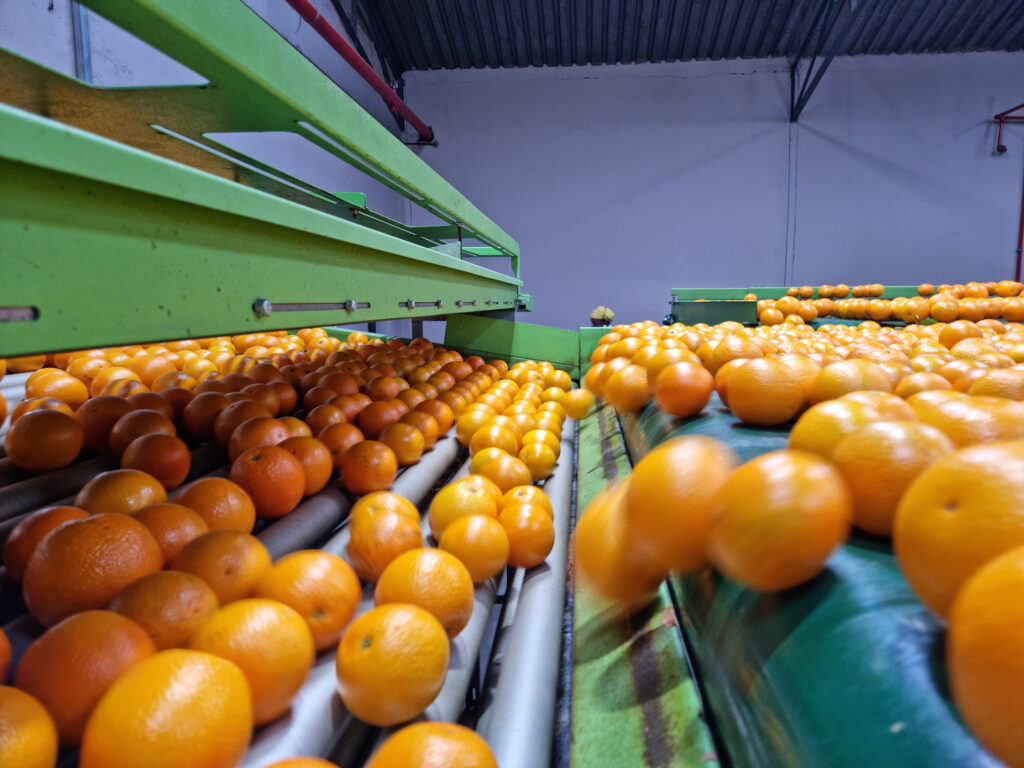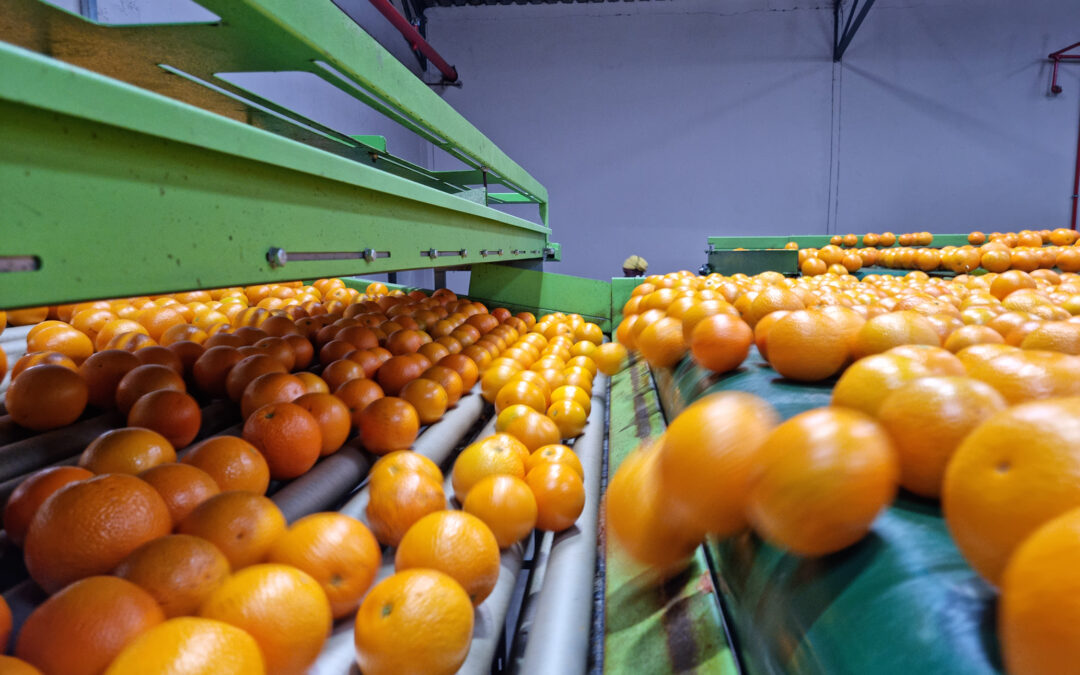Jan Greyling
CONTRIBUTOR
A recent citrus production and market outlook by the Bureau for Food and Agricultural Policy (BFAP) confirms firm foundations for concern about the medium to long-term global challenges faced by the South African citrus industry. The study has been commissioned by the Citrus Growers’ Association (CGA).
“Our study highlights that the industry in 2022 is facing a perfect storm holding a major risk to its long-term survival over the next few years,” says Justin Chadwick, CEO of the CGA.
“The study shows that the industry comes up against:
- Increased production costs.
- A major rise in farming input costs.
- A decline in real export prices, which is likely to remain for the next few years.”
These realities are compounded by the major economic constraints that exist in South Africa e.g.:
- Ongoing fiscal pressure.
- Persistent load shedding.
- High unemployment rates.
- Low levels of consumer and business confidence.
Mr Chadwick says the inefficiencies within the industry are exacerbated by continued operational issues at South African ports. “While there have been some improvements as a result of financial and operational interventions driven by Transnet over recent months, the Durban, Ngqura and Cape Town ports containers continued to run below full capacity.”
The BFAP study also predicts that there will be a decline in real prices across all citrus varietals from 2022 to 2030.
A simulation analyses has been developed by the survey team. The simulation factored in a variety of variables – including the above – to determine what might happen to farm-level profitability over the next decade across all citrus commodities and grower regions in South Africa.
“Concerningly, the model reveals that within the next two to three years, most local growers face the real threat of moving into a negative profit margin (before even considering interest on long terms loans and taxes), which will continue to worsen up to 2030,” says Mr Chadwick.
Citrus economy at risk
He adds that the long-term survival of the industry and the 130 000 jobs it sustains is under severe threat should the current status quo persist.
“For this reason, it is critical that the sector and its key partners, including government, does what it can to alter this current trajectory and safeguard the long-term sustainability and profitability of the industry.”
The CGA advise that while soaring input costs, driven by global forces, are out of the industry’s control, citrus growers could take a few precautionary steps to potentially assist the sector to remain more resilient “and ensure it remains profitable”.
Chadwick says proactive measurements include potentially reducing the amount of citrus produced by:
- Removing older orchards.
- Erecting netting over orchards to improve pack-out percentages.
- Reducing production yields while increasing fruit sizes that are favoured for exports.
- Increasing yields to reduce the unit cost of production.
He says the BFAP team has put each of these scenarios through the industry simulation analysis. “They showed varying degrees of success when it comes to ensuring growers remain profitable over the next 10 years.”
These scenario options have all been presented to and discussed with the grower regions. Currently, these proposed proactive actions are being considered as possible steps on citrus farms moving forward.
Freight cost issues
Mr Chadwick confirms that the CGA is currently investigating the feasibility of collaborating with other fruit sectors to take control of their shipping to guarantee some price stability in the future to improve the management of soaring freight costs. This research should be completed by September 2022 and the outcomes will be communicated.
He says there are additional factors crucial to the future survival of the industry. “Growers need to note that the key markets offering the major potential for expanded access and need to get focused attention during the upcoming season, are the United States, India, China, Japan, South Korea and the Philippines.
“This is the only way the growers will be able to offset increasing input costs that are squeezing their profit margins and for our industry to remain competitive and resilient enough to withstand and respond to events out of its control,” he concludes.


